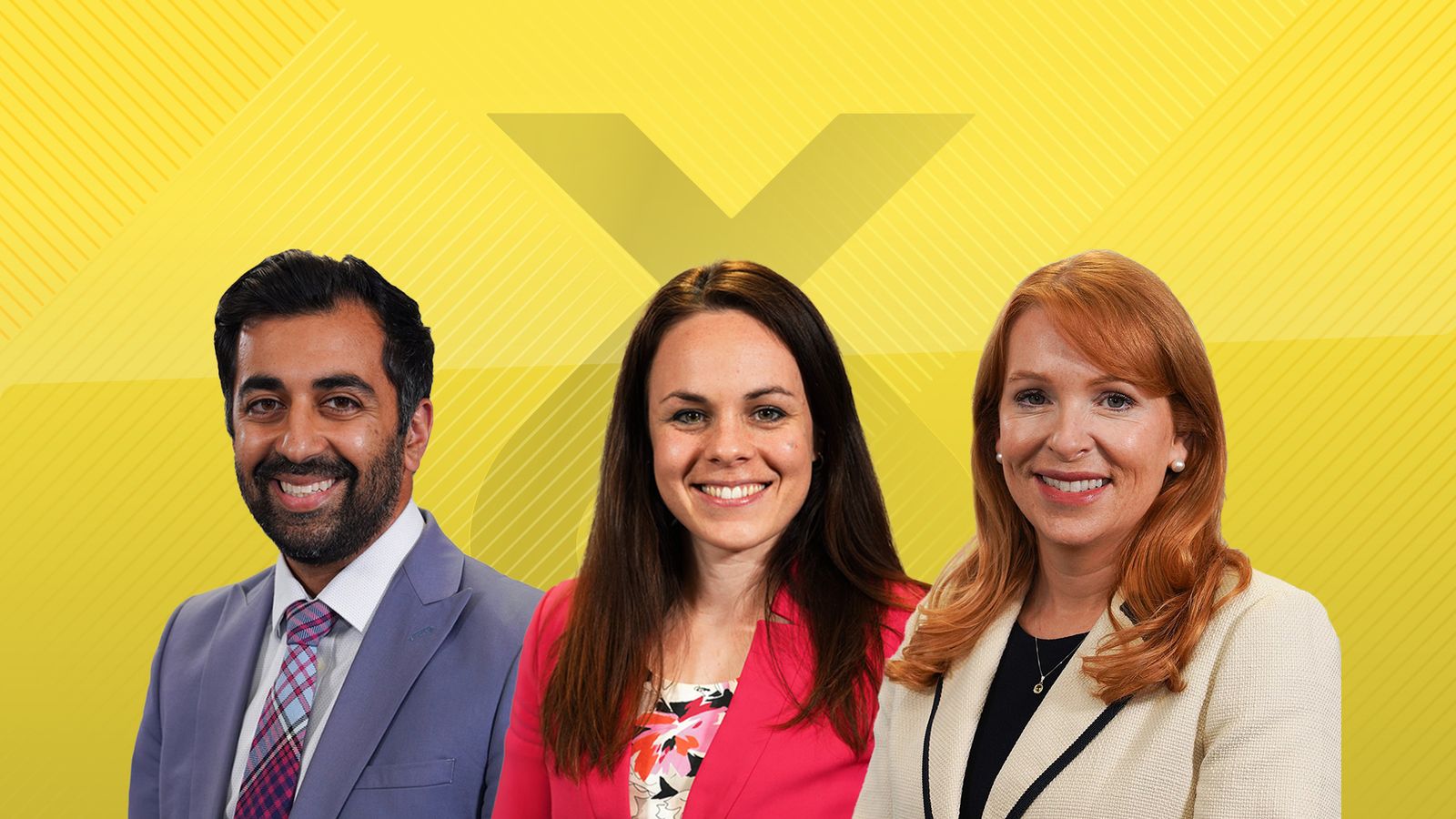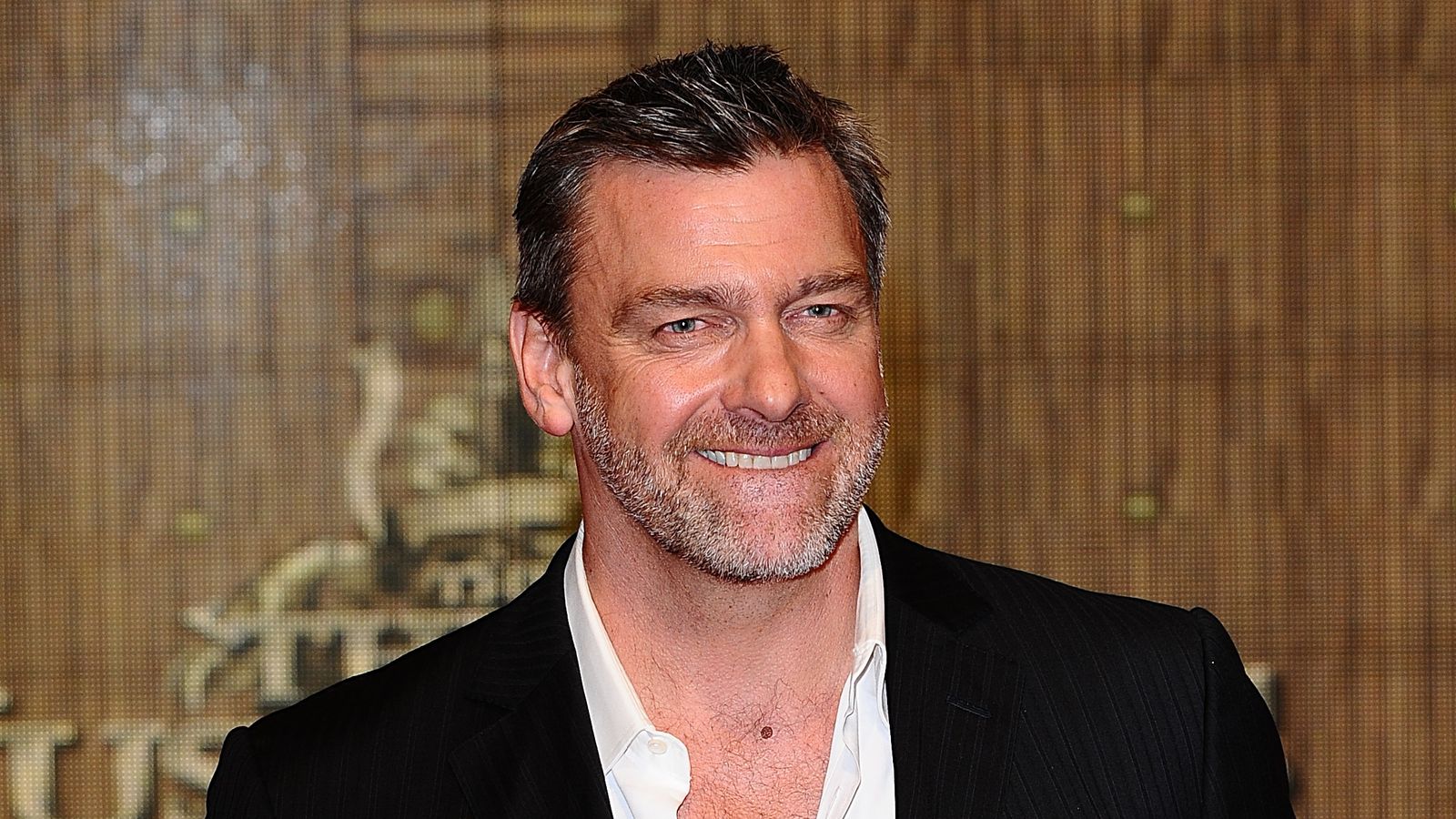Three candidates have announced their intention to run for leader of the Scottish National Party (SNP) after Nicola Sturgeon’s surprise resignation.
Candidates have until Friday to secure 100 nominations from at least 20 local branches, with the new leader due to be announced on 27 March.
A number of senior SNP figures who had initially been touted as potential successors have said they will not be standing.
The party’s former Westminster leader Angus Robertson, deputy first minister John Swinney and deputy leader Keith Brown have all ruled themselves out of the running.
Here are the candidates who have confirmed they will stand:
Kate Forbes is the SNP’s finance and economy secretary and has held this role since February 2020.
Ms Forbes hails from the Highlands but spent several years of her childhood in India.
She was first elected to Holyrood in 2016 for the Skye, Lochaber and Badenoch constituency.
Ms Forbes told the New Statesman last year she has an “unusual backstory, a very different world from my peers”.
She is more politically centrist than her SNP peers and is a member of the evangelical Free Church of Scotland, which opposes same-sex marriage and abortion.
The 32-year-old is currently on maternity leave after giving birth to her first child in August.
“I can’t sit back and watch our nation thwarted on the road to self-determination,” she said, announcing her leadership bid.
“Our small, independent neighbours enjoy wealthier, fairer, and greener societies – and so should we.”
The former community safety minister has been referred to as a rebel SNP MSP after she resigned in protest against the Gender Recognition Reform (Scotland) Bill, and has since become an outspoken critic of the legislation.
Announcing her bid, Ms Regan said she believes she is the right person to “bring back unity, draw a line under certain things and move past them”.
In a post on Twitter on Sunday, Ms Regan also outlined a plan to call for an independence convention to be held to “create a new vision of an independent Scotland”.
She said a pro-independence majority at any election in Scotland should be enough to trigger negotiations to leave the UK.
Humza Yousaf was elected as an MSP for Glasgow in 2011. At 26, he was the youngest MSP elected to Holyrood at the time.
Now 37, he has been the secretary for health and social care since 2021 at a time of huge pressure on the NHS.
He previously served as justice secretary from 2018 to 2021, as well as holding junior ministerial posts in external affairs and international development, Europe and transport.
Mr Yousaf is the first non-white and first Muslim cabinet minister in the Scottish government.
Announcing his decision to stand, Mr Yousaf said: “You’ve got to put yourself forward if you think you’re the best person for the job. And I do. This is the top job in the country, and it needs somebody who has experience.”
Political reporter
Nicola Sturgeon has announced her intention to resign once a successor as leader of the Scottish National Party (SNP) has been elected.
But how does the SNP elect its next leader?
Those wishing to put themselves forward as candidates for leader of the SNP must have at least 100 nominations from party members from at least 20 of the party’s local branches.
If there is more than one candidate, there will be an election in which all party members are eligible to vote. The vote is run on a one-person-one-vote postal voting system.
Unlike at Westminster, where a prime minister is appointed by the King under the royal prerogative, the first minister of Scotland is nominated for appointment by Members of the Scottish Parliament (MSPs).
This takes place when a first minister resigns, like Ms Sturgeon has, or following an election.
Theoretically, any MSP could become first minister. In practice, they will be the leader of the party with the most MSPs – currently the SNP.
Under section 46 of the Scotland Act 1998, once a first minister has tendered their resignation to the King, the Scottish Parliament has a period of 28 days in which to nominate one of its members for appointment as their successor.
A candidate to become the new first minister must be an MSP.
MSPs are asked to cast their vote for their preferred candidate. A separate vote is held for each one.
The results are then verified and announced by the presiding officer. The successful candidate is elected by a simple majority.
The presiding officer of the Scottish Parliament then recommends to the King that he appoint the winning candidate as first minister of Scotland.
With the agreement of the Scottish Parliament, the new first minister will then appoint ministers from among other MSPs “with the approval of His Majesty”.








